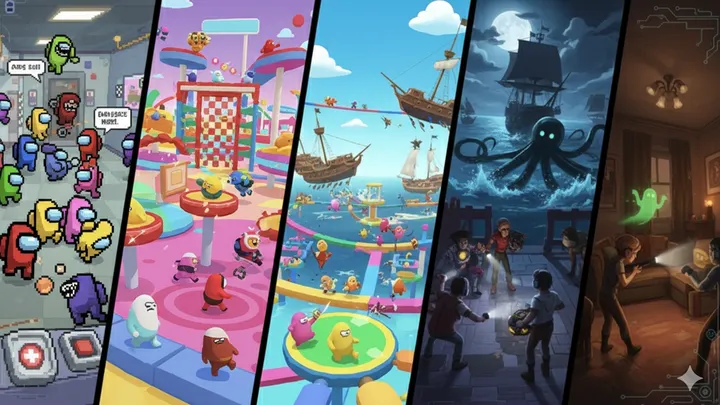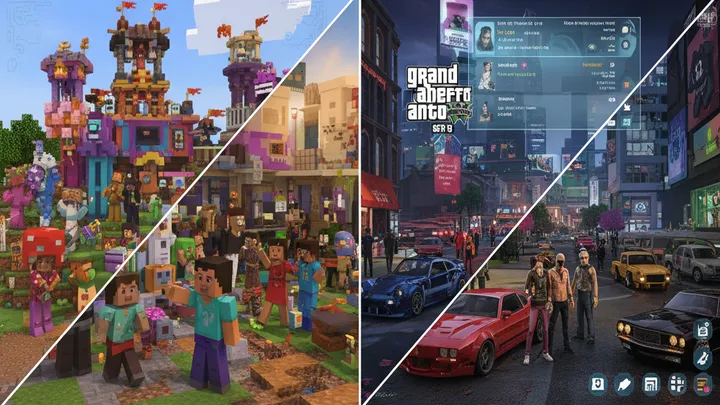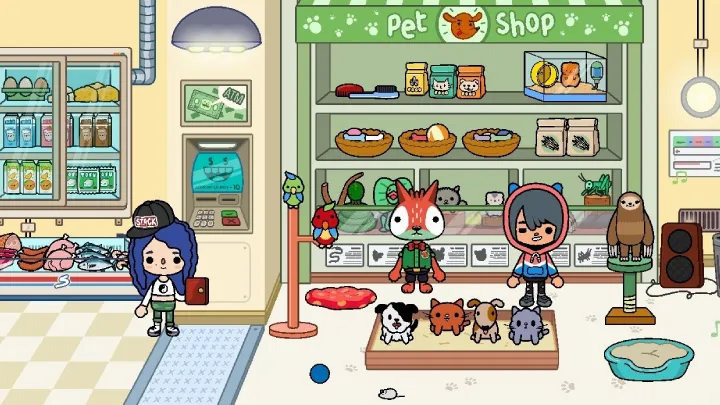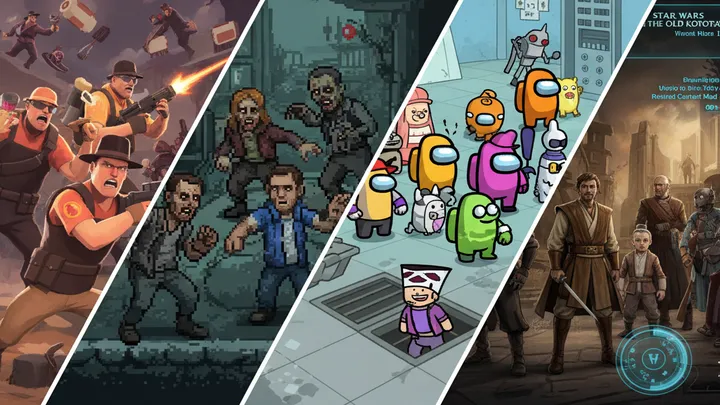Introduction
Zoonomaly is a horror-puzzle adventure that combines exploration, atmosphere, intelligent puzzles, and scares. The tension builds through environmental storytelling, creepy design, and sudden threats. To succeed, you need patience, careful observation, and a willingness to explore every nook. This guide will help you with saving often, managing fear, solving puzzles efficiently, and discovering hidden lore. By following these tips, you’ll reduce frustration, enjoy the game more, and progress steadily through its atmosphere-drenched nightmares.
1. Understanding Zoonomaly’s Atmosphere & Environment

Environmental Storytelling
- The game uses background details—broken objects, flickering lights, ambient sounds—to create tension. Observing these can give clues to puzzle solutions or warn you of upcoming scares.
- Map layout matters: corridors, locked doors, shadows—often what looks innocent may lead to danger or hide necessary items.
Lighting, Sound & Mood
- Low lighting and shadows are part of the challenge. Use any light sources you find wisely, and avoid moving blindly in darkness.
- Sound cues: echoes, distant footsteps, machinery whirring—learn to interpret them. They often tell you where danger or objectives lie.
- Silence can be as ominous as noise. After loud events, quiet periods may lull you, or may signal that something is about to happen.
2. Saving Progress & Reducing Frustration
Frequent Saving
- Use the save option whenever it appears (e.g. after key puzzle solves or entering new areas). Because puzzles may force backtracking, frequent saves cut down on lost progress.
- If there is a “load” option from the main menu or custom checkpoint, use it to return to safe spots when things go wrong. (There are reports of “save states” being used in community tips to reduce frustration). Steam Community
Backtracking and Mindfulness
- Keep mental or written notes of places you couldn’t fully explore due to missing items or locked doors. Return when you find needed tools.
- Don’t rush—forcing forward without understanding puzzles often wastes time. Be methodical.
3. Solving Puzzles Efficiently
Observation First
- Before interacting, look at your surroundings carefully. Items, posters, wires, objects often indicate what you need. Sometimes mechanics hide in decoration.
- Examine puzzles from all angles. Some puzzle elements may be easier seen from above or behind objects.
Trial and Error Wisely
- Try small changes first. If a puzzle has many parts, adjust one element at a time rather than randomly.
- Use hints or environmental clues when available rather than brute-forcing—many players report parts feel overly cryptic without paying attention to detail.
4. Dealing with Fear, Jumpscares & Mental Load
Maintaining Composure
- Jump scares are designed to shock; they often come after build-up. Breathe, pause during scary moments, and take breaks if needed.
- Silence your mind: avoid playing with distractions. Headphones help with immersion but can increase tension. Use them carefully.
Safe Zones & Checkpoints
- Identify areas where you feel safe (rooms without visible threats) and use them to recuperate mentally.
- After solving a major puzzle or reaching a checkpoint, pause and survey the map before moving on.
5. Exploring Hidden Lore & Secrets

Collectibles & Extra Clues
- Zoonomaly often hides lore via small notes, symbols, or environmental detail. Collect everything you can to fill in the narrative.
- Secret rooms or alternate paths may not be immediately obvious—look for slightly off-path areas or faint markings.
Unlocking the Full Experience
- Some endings or puzzles may require exploring optional content. Don’t skip side puzzles if you want to understand the full story.
- Community walkthroughs or guides can help if you’re stuck—but try to solve normally first to preserve atmosphere.
6. Managing Inventory & Items
Key Items & Tools
- Keep track of keys, tools, or parts you have. Sometimes they’re needed later, so avoid using them prematurely unless certain.
- If the game lets you store items or move them to safe storage, use that to avoid losing essential items in “dangerous” areas.
Using Items Wisely
- Use consumables (if any) only when necessary—during low health or impending threats.
- Some items may serve dual purpose (puzzle solving + survival). Understanding all their uses helps.
7. Avoiding Common Mistakes
Overlooking Details
- Not reading small text, ignoring background cues, or skipping environmental audio often causes players to get stuck.
- Don’t assume puzzles are simple—what seems illogical sometimes only seems so because you missed a small clue.
Rushing Ahead
- Moving forward without understanding mechanics or gathering necessary tools leads to frustration.
- Skipping save opportunities or ignoring warnings (sound, lighting) often costs more than a few extra minutes.
8. General Strategy & Mental Preparation
Patience & Exploration
- Explore every room, revisit locked doors with new items, search behind or under objects. Patience reveals much.
- The game is designed to build tension—embrace it rather than fight against it.
Mindset & Pace
- Accept that not every puzzle will be intuitive. Frustration is part of the design—but overcoming it yields satisfaction.
- Set small goals—solve one puzzle, explore one section, collect one piece of lore—and build forward.
9. Preparing for Endgame Scenarios

Puzzle Complexity
- Later puzzles often combine multiple earlier mechanics (movement, fetching, logic). Make sure you understand early mechanics well.
- Keep all tools and items well-organized so you can access them quickly in complex puzzles.
Story & Outcome Variations
- Different behavior or choices may lead to multiple ending possibilities. If you want 'best' endings, explore everything, avoid dying unnecessarily, and return to optional zones.
- Record your progress or keep notes of paths taken in choices—helps if you need to replay or alter outcomes.
10. Community Resources & Continuous Learning
Guides & Walkthroughs
- Steam community guides are particularly helpful. For example, the “How to make Zoonomaly less frustrating and more enjoyable” guide, which explains using save states and other comfort features. Steam Community
- Video walkthroughs help with puzzle solutions when you’re stuck. Use them after giving yourself time to solve on your own.
Feedback & Updates
- The game is solo-developer or smaller team work—patches or improvements may come. Report bugs politely, join community discussions.
- When updates occur, check patch notes for changes to puzzles, item behavior, or save mechanics.
Conclusion
Zoonomaly isn’t just about completing puzzles—it’s about absorbing its mood, respecting its pacing, and finding satisfaction in thought and caution rather than speed. Use observation, save often, explore thoroughly, and don’t let fear rush your actions. With the right mindset and strategies, you’ll unravel its hidden layers and enjoy the journey through the darkness.

















